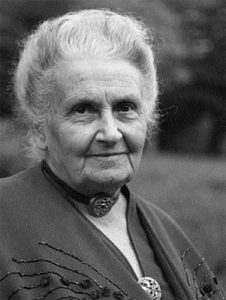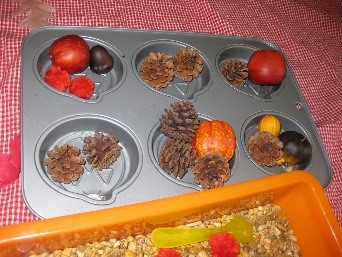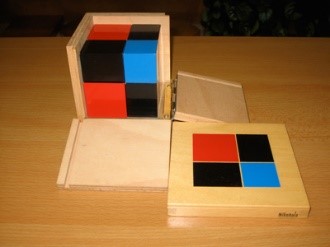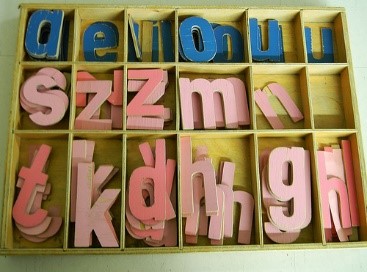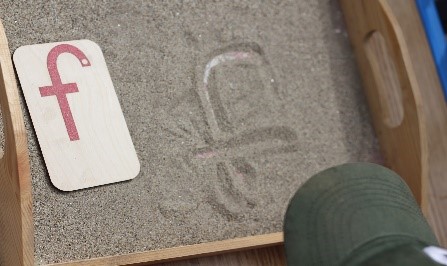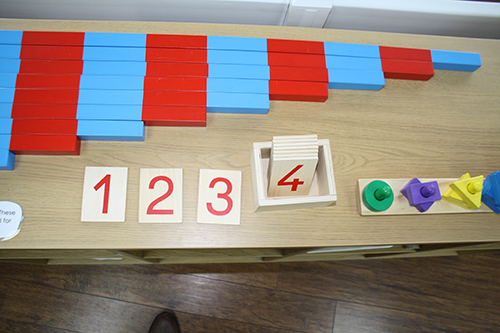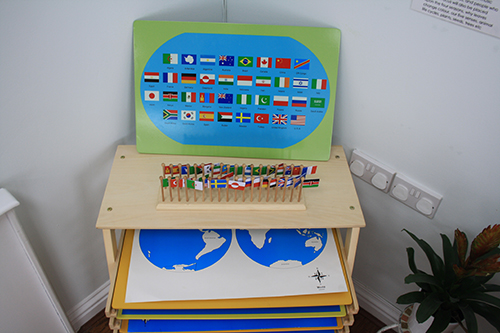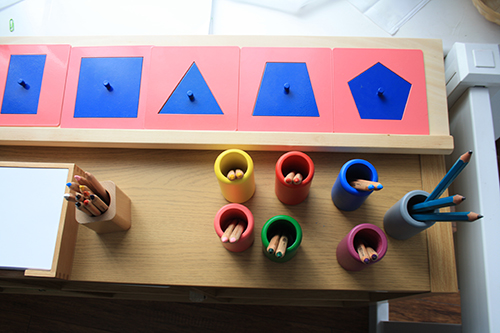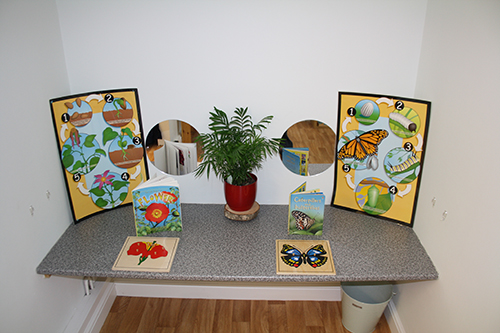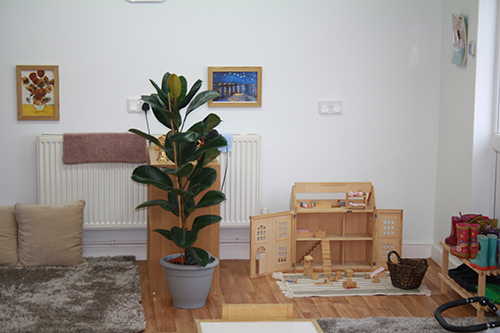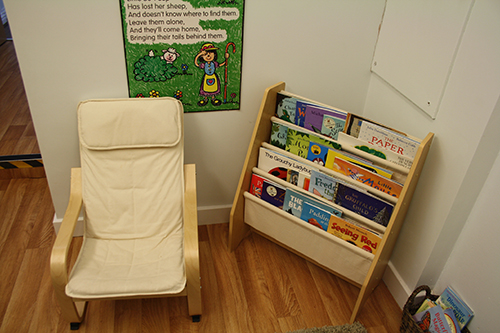The first woman in Italy to graduate in medicine from the University of Rome, Maria Montessori (1870-1952) worked with mentally challenged children, and began her lifelong pursuit of studying child development.
In 1907, based on her research in philosophy, child development and education, she opened the first Casa dei Bambini. This is where the Montessori Method of education was developed and she spent most of her remaining life writing, lecturing and teaching about these methods. The Montessori method believes that children learn directly from their environment and other children. The teacher is there to facilitate the child’s exploration and creativity. All subjects are interwoven and the child learns at their own pace. This helps each child gain independence and confidence, and be proud of their own achievement. Montessori children are usually very adaptable as they have learned to work both independently and in groups.

